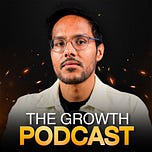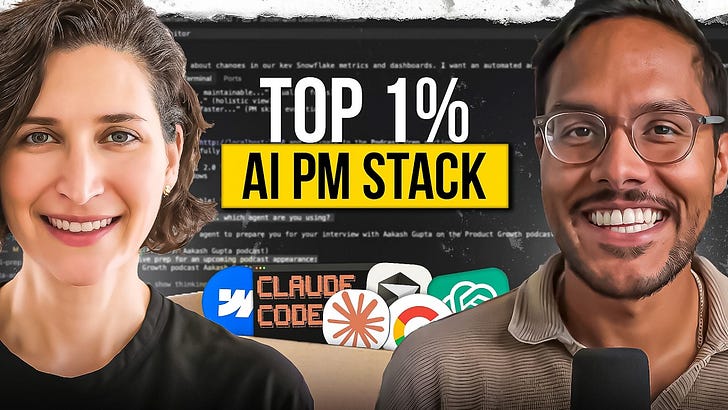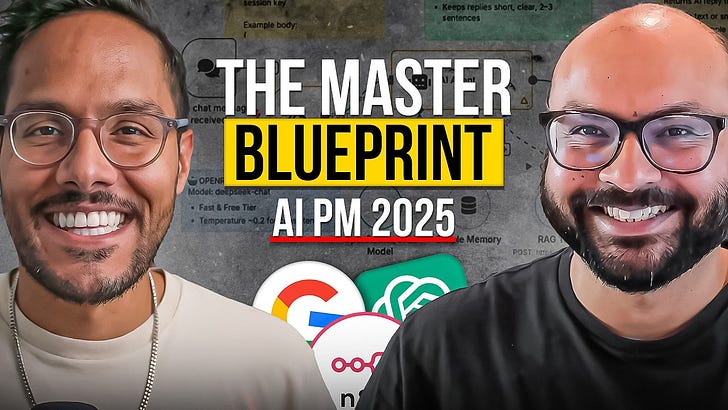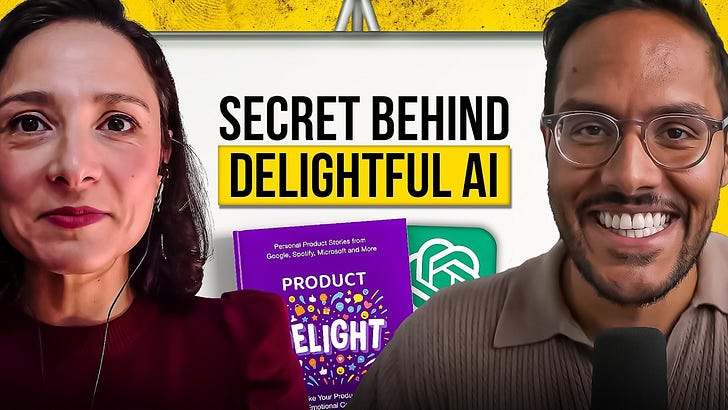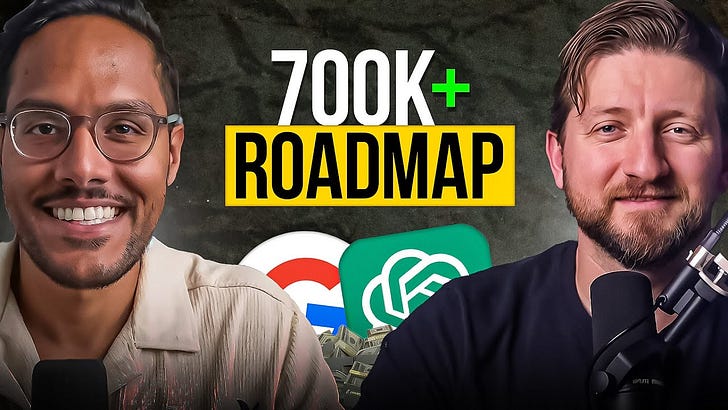Listen now on Apple, Spotify, or YouTube.
Brought to you by:
In this episode, Mona shares her journey as the first female engineer of Airbnb’s growth team to tackling the challenges of localization and scaling performance marketing.
She also reveals how to break into product management.
If you’re looking to crack into PM, or learn how Airbnb achieved global success, this episode is packed with lessons you can’t miss.
We cover:
Why and How Brian Chesky Redefined the PM Role – 00:03:03
Airbnb’s Approach After Ditching Traditional Product Management – 00:09:23
Airbnb’s Biggest PR Nightmare and How They Handled It – 00:28:42
The Secrets Behind Airbnb’s Localization Success – 00:53:41
From Engineering to Product Management: Lessons Learned – 01:04:10
Here are the Key Takeaways
Here are 5 takeaways:
1. Traditional PM Roles Are Evolving — Focus on Adoption
Brian Chesky helped evolved PM. His famous “redefining the PM role,” in Mona’s eyes, was about shifting the focus from feature launches to user adoption.
He challenged PMs to think beyond merely shipping products and instead dive into how those products resonate with users.
Mona explains that product managers should be expected to "own the adoption journey," combining marketing and product efforts to create the greatest impact.
Practically, for PMs:
It’s not about what you build; it’s about what users adopt.
Integrating adoption into every step of your product roadmap will ensure that your efforts focus on delivering real value, driving engagement, and meeting user needs effectively.
2. Breaking into PM Is About Problem-Solving, Not Titles
As the founder of Upraised, Mona has helped hundreds of PMs break into product.
Her take?
PM work can be described as the art of “connecting the dots,” where success lies in bridging gaps between engineering, business, and design to create cohesive solutions.
Anyone can transition from any role to product management by focusing on cross-functional challenges and aligning teams around shared goals, without ever formally chasing the title.
The key is to act like a PM before you’re called one.
Start tackling cross-functional issues and solving real user problems today, and you’ll find yourself in a PM role before you know it.
PM is less about a badge and more about the value you deliver.
3. Scaling Performance Marketing with Engineering Precision
Airbnb turned performance marketing into a masterclass in efficiency.
With a lean team of just six people, they managed campaigns across 20 languages and global markets — thanks to their engineering-first approach.
This efficiency was achieved by creating systems that automated campaign management, enabled real-time tracking, and integrated transactional data for optimization.
The game-changer?
Identifying a strong correlation between users who searched with specific dates and their likelihood of booking. This allowed Airbnb to focus on high-intent audiences, maximizing ROI without needing to scale the team.
4. Succeeding in PM Interviews Is a Game of Strategy and Clarity
PM interviews aren’t just about arriving at the right answers, they’re about revealing the way you think.
Interviewers want to see your ability to dissect complex problems, prioritize effectively, and communicate solutions with confidence. Clarity is key.
Your responses should be structured and logical, offering a clear window into your strategic mindset.
Whether you’re tackling product sense cases like “What would you do as the CEO of Uber?” or answering behavioral questions, strategic thinking is your secret weapon.
5. Growth Strategies Need a Balance Between Supply and Demand
Airbnb’s early success hinged on a critical insight: prioritizing host acquisition over guests.
By focusing on building a strong supply base, Airbnb ensured the platform could meet demand as it grew, creating a stable foundation for its marketplace.
This approach kept the “seesaw” of supply and demand in equilibrium, preventing the pitfalls of imbalance that often derail marketplaces.
This is something you must remember:
Building a marketplace is like walking a tightrope.
Focus on creating a robust supply first to naturally attract demand and sustain long-term growth.
Balance is everything.
For more details, listen to the full episode now!
Referenced
Where to find Mona
If you prefer to only get newsletter emails, unsubscribe from podcast emails here.
Up Next
We have some great podcasts coming from: Gautham Krishnan, Aishwarya Ashok, and Adam Robinson. I’m so excited to share them with all of you.
In the newsletter, check out this week’s latest piece if you haven’t yet: Product Growth Course Pack: 2024.
And look out for these pieces up next:
The Three Types of Referrals
The Google PM Interview Guide
European Market Deep Dive
I think you’re going to love them,
Aakash

